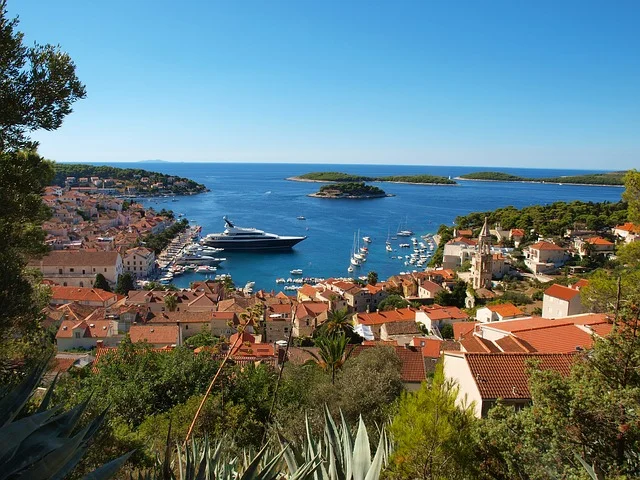Interesting facts about the Adriatic Sea

The Adriatic Sea is located between Italy and Albania and is the northern part of the Mediterranean Sea. Its area is 144 thousand km ², which is twice the area of Georgia. It stretches from the northwestern valley of the Po River to the Otranto Strait, which connects to the Ionian Sea.
There are many resorts on the shores of the Adriatic Sea, and it is not surprising – these regions are extremely picturesque, and the water here is warm, at least in the summer months. It is lovely here, and it is worth visiting the local beaches on occasion.
Facts about the Adriatic Sea
- In terms of its area, the Adriatic Sea is small, only 144,000 km². For comparison, this is about 3 times less than the area of the Black Sea. It looks more like a bay, but it is considered to be the sea for historical reasons. This is an expression of respect for it because it has played a huge role in the history of many peoples and cultures.
- Despite the mild Mediterranean climate, the water in the Adriatic Sea is quite cold, even in the warm season. But there are certain patterns here so that you can plan your vacation. The cooling of the waters at the beginning of summer is the winds coming from the Atlantic Ocean.
- The Adriatic Sea washes the shores of six countries, and most of the coast went to Italy – more than a thousand kilometres. The smallest piece belongs to Bosnia and Herzegovina, which owns a 20-kilometre stretch of the coastal strip. On the Bosnian coast is the small town of Neum, the country’s only seaside resort. It is home to only about 2,000 people.
- In some places, the Adriatic Sea is very shallow. It is so shallow that the rivers flowing into it in these places bring enough soil to win back the territory from the sea over time, filling it with sand and earth. In Italy, the ancient city of Adria was once a port on the shores of this sea, and he gave it its name. But over several thousand years, the sea here retreated so much that now Adria has located 25 km from its coast.
- The swimming season in the Adriatic Sea is about the same as in the Black Sea or the Azov Sea. In winter, no one swims in it, since the water temperature here in January-February can drop to 7 … 9 ° C. At the same time, the air temperature remains high enough to be called comfortable.
- The waters of the Adriatic Sea are spotless, and their ecological condition can be called good. Moreover, in terms of transparency, they occupy one of the first places in the world – as much as 56 meters! Under normal conditions, of course, the waters become cloudy after a storm for a while.
- Occasionally tsunamis occur here, and they are caused not by earthquakes or volcanic eruptions but by the coincidence of meteorological conditions. This is the rarest category of tsunamis (less than 3% of the total) and quite dangerous. Meteotsunami was last observed in the Adriatic Sea in 2014 when a wave about 2 meters high hit the Croatian coast. Two meters is, of course, not much, but still dangerous, considering that during a tsunami, the entire water column starts to move, and not just the near-surface layer of water.
- The average depth of the Adriatic Sea increases from north to southeast. In the northern part, there is not a single place more than 20 meters deep, and in the southeast, the probes found the bottom at a depth of 1230 meters!
- There are islands here, but they are few, although the largest of them are quite large. The largest islands in the Adriatic Sea are Cres and Krk, which belong to Croatia. Both of them have an area of 405 km²; they are home to about 20,000 people.
- More than 410 species of fish are found in the waters of the Adriatic Sea, but 60 of them are already included in the Red Book, they are threatened with extinction due to too-developed fishing in these parts. By the way, dolphins are also found here, albeit infrequently. Of course, no one touches them – these marine mammals are protected.




